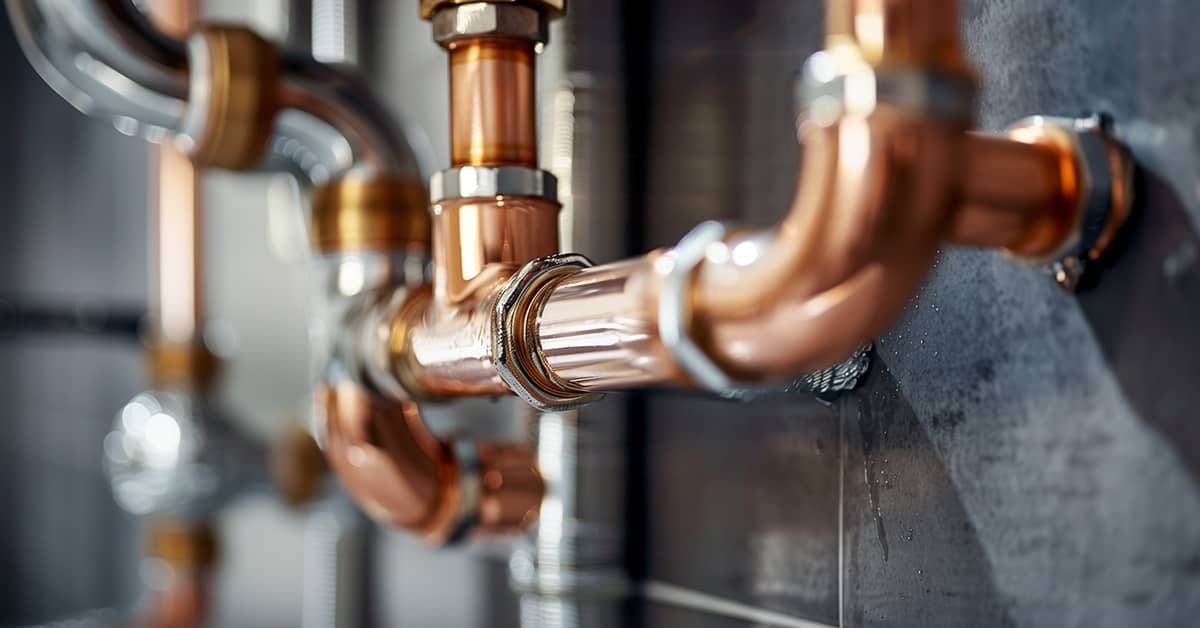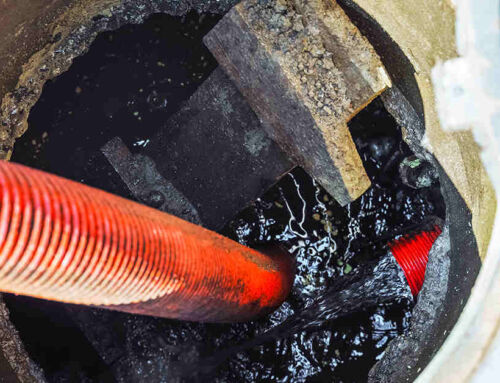Jump to…
Experience the Unblockers Difference
No call-out charges
Emergency response call-outs available
Available anytime 24/7
Expert, local engineers
Fixed price, no hidden charges

Preventive maintenance isn’t just a task—it’s an investment in the longevity and reliability of your equipment. This practice spans various industries, serving as a cornerstone for achieving seamless operations. Through meticulous inspections, timely maintenance activities, and strategic repairs, the lifecycle of machinery can be significantly extended, minimising unexpected breakdowns and ensuring operations run smoothly and efficiently.
The Role of Preventive Maintenance
Understanding Preventive Maintenance
At its core, preventive maintenance is about taking proactive steps to maintain equipment in optimal condition. It involves a systematic approach to inspect, clean, and repair assets regularly. The ultimate aim is to forestall equipment failure before it occurs, safeguarding against downtime and loss of productivity.
Key Components of a Preventive Maintenance Plan
A robust preventive maintenance plan is foundational to operational success. It hinges on several critical elements: scheduling maintenance tasks at regular intervals, meticulous record-keeping of inspections and services, giving staff the necessary training, and utilising detailed maintenance checklists. Moreover, it leverages data analysis to discern trends, enabling predictive maintenance strategies that anticipate and mitigate future issues.

Implementing Pre-Planned Maintenance
Steps to Develop a Maintenance Plan
Embarking on creating a pre-planned maintenance program is a structured process that includes:
Assessment: Conducting a comprehensive evaluation of equipment to ascertain current conditions and pinpoint maintenance requirements.
Planning: Crafting a detailed maintenance schedule that outlines regular activities tailored to each piece of equipment.
Resource Allocation: Dedicating the necessary resources—personnel, tools, and technology—to implement the maintenance plan effectively.
Documentation: Maintaining accurate records of all maintenance actions, serving as a valuable reference for future maintenance planning and compliance purposes.
Monitoring and Adjusting the Plan
It’s essential to continuously monitor the maintenance plan’s effectiveness and make adjustments as needed. This could mean recalibrating the maintenance schedule, reallocating resources, or updating procedures in response to equipment usage changes or new insights gained from data analysis.
Benefits of Preventive Maintenance
Cost Savings and Efficiency
Adopting preventive maintenance can yield substantial cost savings, reducing the need for costly emergency repairs and minimising equipment downtime. Well-maintained equipment operates more efficiently, consuming less energy and reducing operational costs.
Enhancing Safety and Reliability
Regular maintenance not only enhances the safety of equipment, minimising the risk of accidents and injuries but also boosts the overall reliability of systems. This leads to more consistent performance, output, and satisfaction among stakeholders, reinforcing the value of preventive maintenance in any operational context.

Related Articles
READY TO MAKE YOUR ENQUIRY?
Get a quote for a drainage callout
Get a quote for a drainage callout
We have drainage engineers in your area now offering availability today.
Just leave a few details and our friendly drainage service team will call you right back.
We have drainage engineers in your area now offering availability today.
Just leave a few details and our friendly drainage service team will call you right back.
"*" indicates required fields

Need to speak to us right away? We have local engineers available now. Call 0808 303 0050
“Outstanding Service & Fast Repair”





